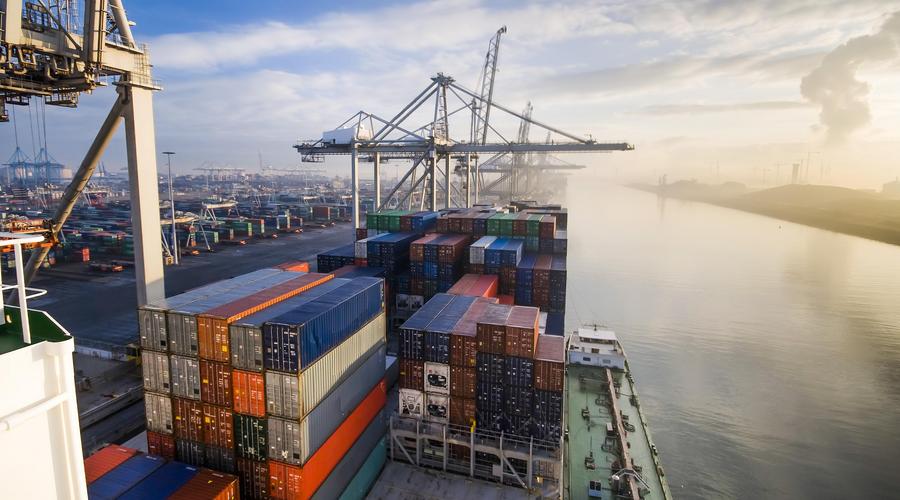Potholes, Paperwork, and Panic: Navigating operational challenges
Many firms are still carrying the burden of covid-support debt. Signs of financial strain include struggling to pay subcontractors, missing hire-purchase (HP) payments and requesting time-to-pay arrangements from HMRC. The pressure upon directors, particularly those who have provided personal guarantees, can be substantial.
Haulage companies rely upon an aging workforce, with most drivers between 50 and 65, and face intense competition for talent. Around 20,000 EU drivers are estimated to have left the UK due to immigration rule changes and the pandemic. Some larger operators have sought to meet these challenges by introducing driving schools and apprenticeships in higher-catchment areas. New measures also aim to streamline licensing, increase test availability, and encourage young people to obtain HGV licences.
Although operational costs can rarely be passed on to customers (as market competition compels attractive pricing), cost conversations may be easier when core elements of the customer business (e.g. warehousing) are outsourced to the haulage firm. Firms can leverage these product lines for stronger negotiations, knowing that a holistic supply relationship cannot be so easily or quickly replaced.
Fleet flexibility can be key in times of uncertainty. Combining medium-term HP with short-term leasing enables firms to offload surplus vehicles and redirect maintenance costs to other business areas.
Decisions on capacity allocation, network expansion, and pricing should prioritise route profitability (the difference between route revenue and route operating costs). Tackling inefficiencies in fuel usage, maintenance and labour can all boost route profitability. Using warehousing nearer to priority customers can shorten transport distances, improve delivery times and lower costs.
Loading up: Acquisition opportunities
M&A activity was strong as the sector emerged from the pandemic, and despite the operational challenges, there remains a great deal of consolidation in the market. Opportunistic investors can find good deals, particularly if prepared to purchase a business in distress or through an insolvency procedure such as a 'pre-packaged' administration sale.
Container shipping rates have remained low for a considerable period, which suggests an opportunity for haulage companies to acquire new assets.
An occasional roadblock to business acquisitions (particularly in distressed scenarios where timescales can be short) is the requirement to hold an operator's licence (O-Licence). Holders must meet certain criteria including having sufficient financial resources. Licensing terminates upon formal insolvency, although the Traffic Commissioner has some discretion to allow an acquiring business to continue to operate for a short period if an urgent interim application has been made.
The O-Licence is typically easier to manage where the business is acquired by a competitor with its own licensing and capacity to take on more cabins. An existing management acquisition can be more challenging – as their 'newco' purchasing vehicle might not have licensing ready (and applications can take around nine weeks). Operating the relevant commercial vehicles without an O-Licence is a criminal offence, so early engagement with the relevant Traffic Commissioner is essential.
No U-turns? Restructuring and turnaround options
Funders should regularly engage with clients to understand their financial challenges and establish realistic projections. The expectations of HMRC and other stakeholders must also be managed throughout. An independent review by insolvency experts may provide strategic options to reduce costs and raise cash.
- An operational restructuring may be necessary if working practices are inefficient or revenues declining. This might involve include decreasing the workforce and renegotiating with suppliers and landlords. Selling non-essential assets (or using sale and leaseback) may boost short-term cash flow.
- A debt restructuring or workout may include security over unencumbered assets in exchange for new facilities. Resetting covenants may also be necessary – this is often a balancing act for lenders, who will typically reserve their enforcement rights.
There can be many reasons for failure in this volatile and competitive sector – from loss of a major contract to a failure to react to market challenges. Anyone attempting to restructure or rescue a haulage business must get to grips with the source of the problem. All too often, parties seek out restructuring solutions too far along the decline curve. A gradual decline in revenues culminates in a rapid plummet as the business becomes more stressed. In such circumstances, operational or financial adjustments may buy some time, but if the customers are no longer supportive or the management team are unable to adequately address the challenges in front of them, a restructuring will not resolve anything. A formal insolvency process (such as a company voluntary arrangement or administration) might be necessary to salvage what remains of the underlying business and assets.
Freight Expectations: the road ahead
The haulage sector faces significant economic challenges. Strong and strategic management is essential to navigate the changing market conditions, mitigate risks and ensure long-term viability.
Sapient funders will frequently speak with their customers to understand their finances and their short and long-term strategies - and alter lending products accordingly.
The appetite for acquisition and consolidation remains strong – but regulatory requirements must be addressed upfront, especially if the acquisition is to be via an insolvency procedure. Management teams, purchasers and funders must engage with one-another and with other key stakeholders to demonstrate a clear plan for the business’s future.





